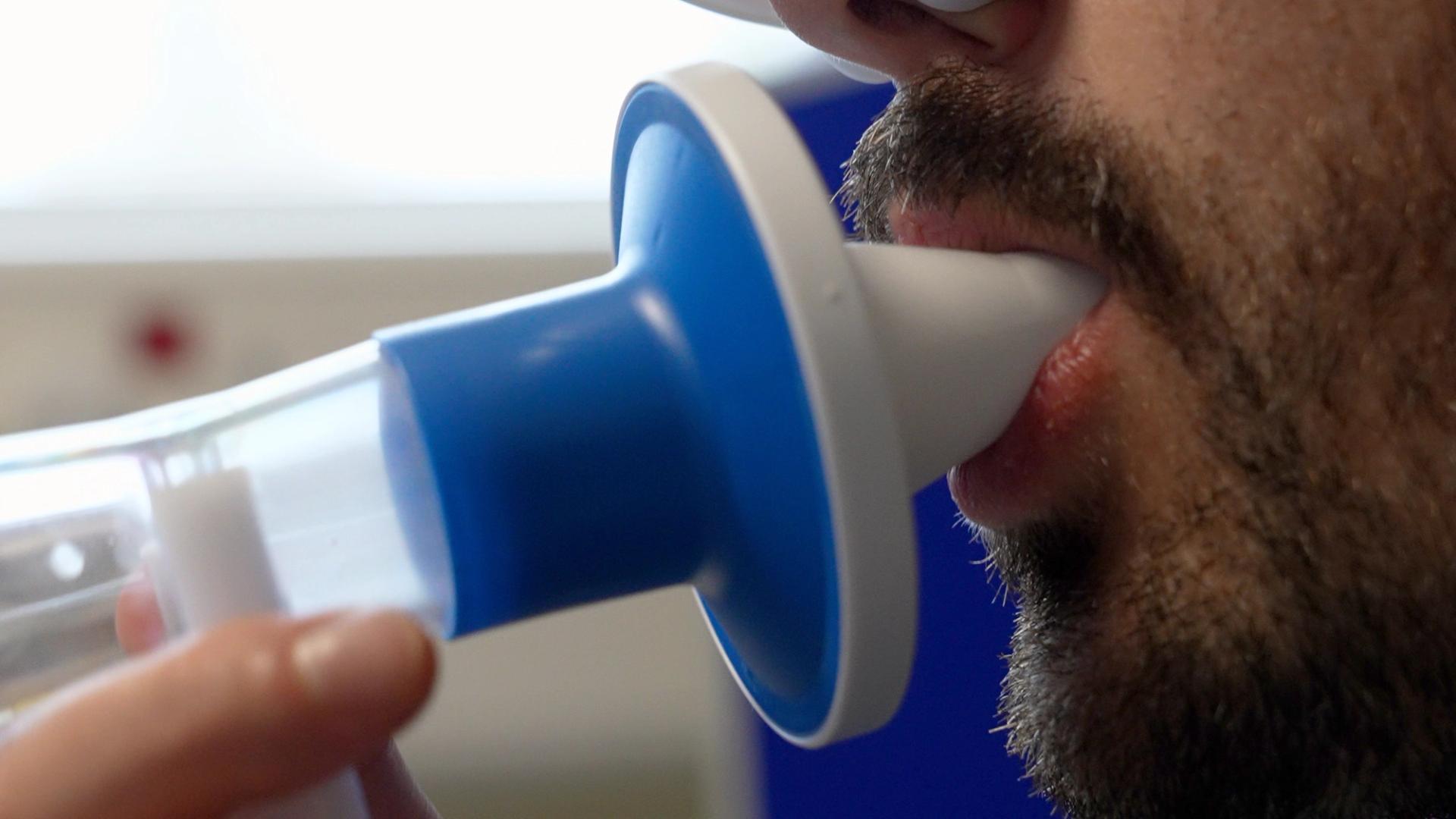
Diagnostic criteria in asthma & COPD
INTRODUCTION
Respiratory symptoms of cough, wheeze and shortness of breath are common to many respiratory conditions and can pose a challenge to health care professionals when making a diagnosis. In practice, asthma and chronic obstructive pulmonary disease (COPD) are the two most commonly confused respiratory conditions. There is no single diagnostic test that can conclusively detect either condition. Detailed history taking, which looks at the presence of predisposing or risk factors for different diseases, and the type, severity and pattern of symptoms is essential in establishing the most likely diagnosis. Appropriate use of objective tests such as spirometry or peak flow to measure lung function may then be used to help confirm the potential diagnosis.
LEARNING OBJECTIVES
On completion of this resource you should have an understanding of:
- The importance of history taking in the differential diagnosis of asthma and COPD
- The key features in a history that can help distinguish between asthma and COPD
- ‘Red flag’ symptoms that can indicate other serious pathologies
- The role of lung function testing in the diagnosis of respiratory disease
- The role of clinical investigations in the diagnosis of asthma and COPD
This resource, which is based on a typical case scenario, is offered at an intermediate level and includes five assessment questions to support your continuing professional development. Complete the resource to obtain a certificate to include in your revalidation portfolio. You should record the time spent on this module in your CPD log.
PRACTICE NURSE GUIDELINES IN A NUTSHELL
BTS/SIGN British Guideline on the Management of Asthma; 2019
Global Initiative for Chronic Lung Disease. GOLD 2020; 2019
NICE NG80. Asthma: diagnosis, monitoring and chronic asthma management; 2017, updated 2020.
Contents
Diagnostic criteria in asthma and COPD
Respiratory symptoms of cough, wheeze and shortness of breath are common to many respiratory conditions and can pose a challenge to health care professionals when making a diagnosis. In practice, asthma and chronic obstructive pulmonary disease (COPD) are the two most commonly confused respiratory conditions. There is no single diagnostic test that can conclusively detect either condition. Detailed history taking, which looks at the presence of predisposing or risk factors for different diseases, and the type, severity and pattern of symptoms is essential in establishing the most likely diagnosis. Appropriate use of objective tests such as spirometry or peak flow to measure lung function may then be used to help confirm the potential diagnosis.
British and international guidelines for asthma and COPD reinforce the importance of clinical judgement based on a detailed history and supported by objective measurements of lung function in making a diagnosis and excluding other pathologies, although guidance from NICE puts more emphasis on objective tests as well as the history, and, like BTS/SIGN, recommends spirometry as the first line, gold standard investigation.1,2
Asthma is usually characterised by chronic airway inflammation.3 Its two defining features, according to GINA, are a history of respiratory symptoms such as wheeze, shortness of breath, chest tightness and cough that vary over time and in intensity, AND variable expiratory airflow limitation.3
COPD is characterised by permanent and irreversible airflow obstruction. COPD should be considered in any patient who has dyspnoea (progressive over time, characteristically worse with exercise, persistent), chronic cough or sputum production, a history of recurrent lower respiratory tract infections and/or a history of risk factors for the disease, especially smoking.4 Spirometry is required to make the diagnosis.
References
1. BTS/SIGN. British guideline on the management of asthma; 2019 https://www.brit-thoracic.org.uk/quality-improvement/guidelines/asthma/
2. NICE NG80. Asthma: diagnosis, monitoring and chronic asthma management; 2017 (updated 2020) https://www.nice.org.uk/guidance/ng80
3. GINA. Asthma management and prevention, 2019
https://ginasthma.org/wp-content/uploads/2019/04/GINA-2019-main-Pocket-Guide-wms.pdf
4. Global Initiative for Chronic Obstructive Lung Disease (GOLD). Global strategy for the diagnosis, management and prevention of COPD. 2020 Report; 2019. https://goldcopd.org/gold-reports/
Related modules
View all Modules